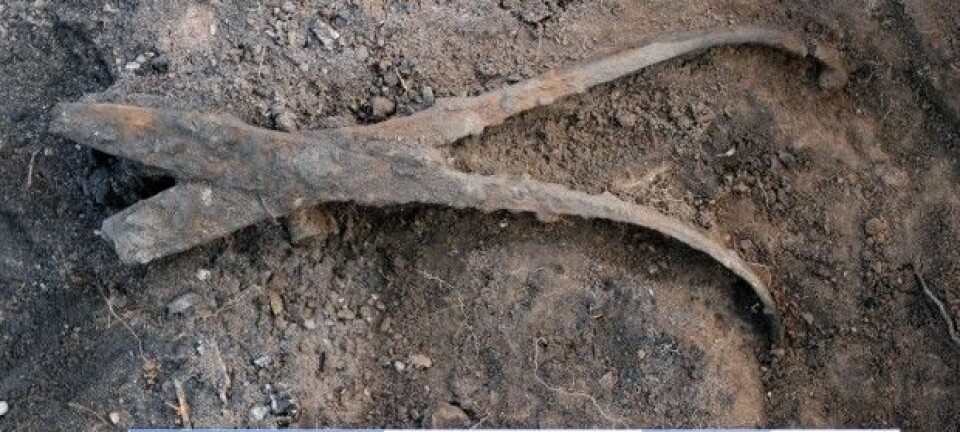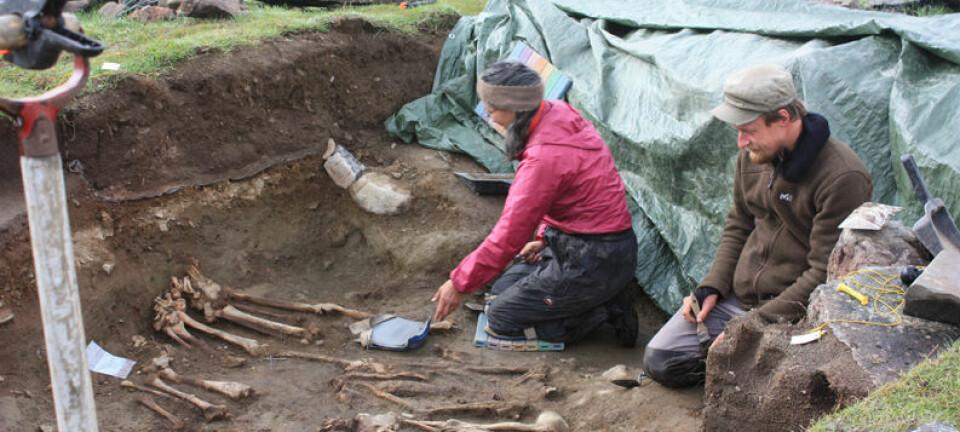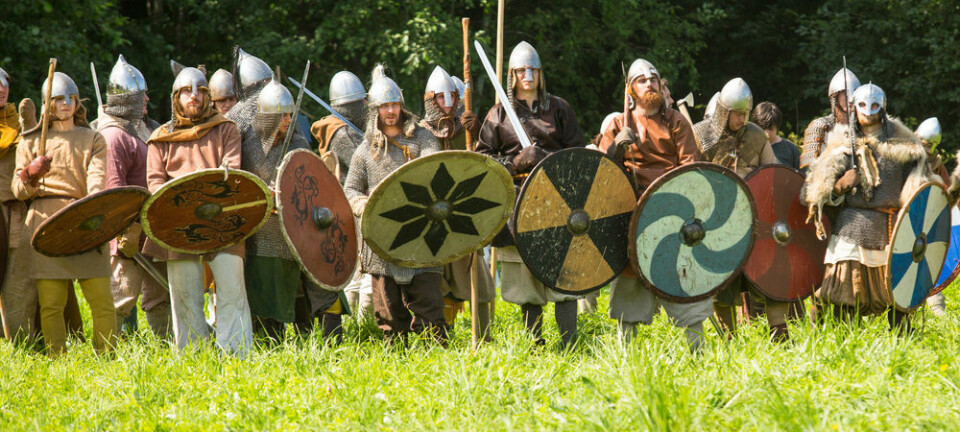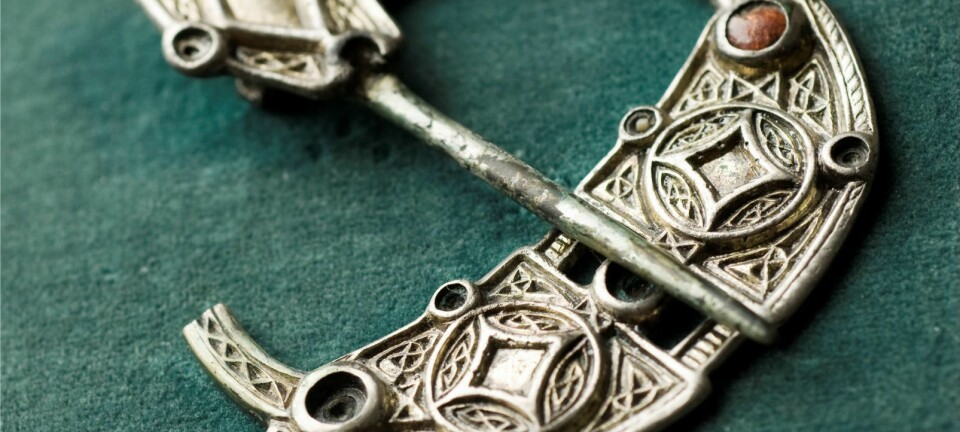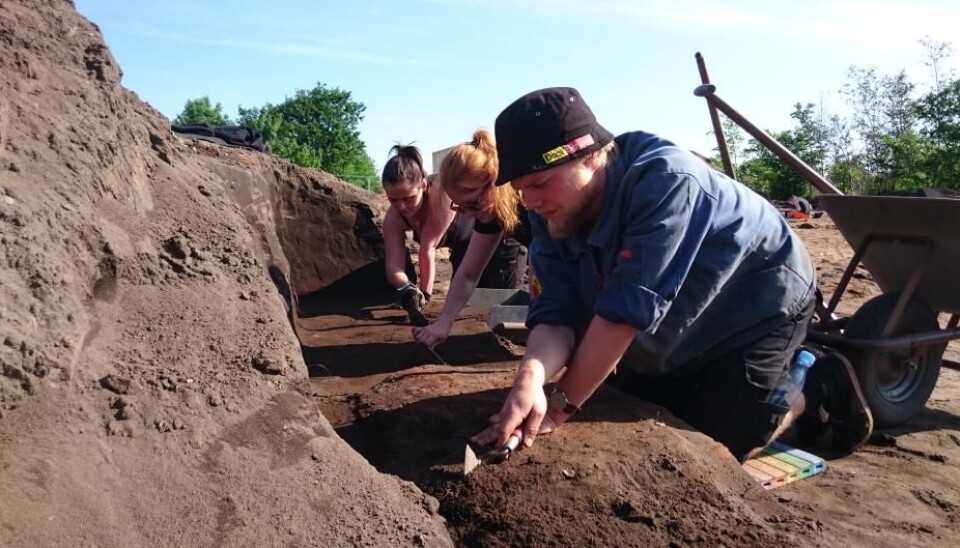
Danish Viking grave reveals archaeological mysteries
New excavations in Scandinavia’s first city, Ribe, suggests rapid change at the end of the 9th century.
From the beginning of the 8th century up until the end of the 9th century, Viking graves in the town of Ribe in Denmark were largely reserved for the most holy of citizens. Ribe is considered the first city in Scandinavia and it developed into an important trade city. Graves were afforded a special place in the city--and left undisturbed as the town expanded around them.
But by the end of the 9th century something changed.
“While the marketplace expanded, they suddenly started to build on top of these graves. In some cases they built almost ostentatiously right on top of a grave, which was probably visible and marked,” says archaeologist and excavation leader Søren Sindbæk from the University of Aarhus, Denmark.
“Previously, people thought that Ribe had stopped developing as a city by the 900s, but the results of our grave excavations now suggest that this could be completely wrong. I think something dramatic happened,” says Sindbæk.
The excavations suggest that simultaneous with the construction above the graves, someone also built a fortress and a 700 metres long and 20 metres wide moat around the city.
Whole area experienced huge change
Ribe was a hugely important place during the Viking Age. Its unique place with direct access to the sea allowed the town to develop as a centre of trade that attracted tradesmen from near and far.
For many years, archaeologists thought that the town had all but ceased to exist based on the lack of finds from the 10th century. But then archaeologists discovered a grave from this period near to the city’s cathedral.
The new grave suggests plenty of life in the city throughout this time.
Danish royal power dissolved
One explanation could be that the town simply expanded so much that marketplace activities shifted to a new area.
But this doesn’t quite fit with the evidence uncovered so far, says Sindbæk. While one part of the city is expanding, another part appears to be shrinking. The explanation most likely lies elsewhere--and could be connected to an abrupt shift in the political power in Denmark.
“There is a sudden break in the royal ranks around this time, so there is some evidence that there was a breakdown in the Danish monarchy. We can imagine that the balance of power that protected Ribe until then simply disintegrated. Perhaps new rulers arrived? Ribe was too important a strategic site to just be forgotten,” he says.
European wide events in Scandinavia
At the same time as the Danish monarchy’s power was dissolving, there were other big changes taking place around the world.
Changes usually bring new actors and rulers, says Sindbæk.
“This was the high point of the Viking raids, and we get a more focused military order as a result. For example, we know of a type of military base, called longphuirt, which were controlled by Scandinavian warrior groups in the British Isles,” he says.
The written sources of that time are full of examples of armies at war, occupations and battles to take control of important cities in England, Scotland, Ireland, and the Frankish Empire.
“So why shouldn’t it also happen in Scandinavia?” says Sindbæk.
Perhaps the graves were just forgotten
Another archaeologist on the excavation site, Morten Søvsø, from the Museum of Southwest Jutland, has an alternative suggestion.
The establishment of the Ribe cathedral at around the same time suggests to him a time of peace rather than a violent military take over.
The church survived throughout the 10th century and he finds it difficult to imagine that this would have happened if a Viking army had suddenly taken over the city.
"I cannot deny the evidence behind the construction on top of the burial ground that indicates a dramatic scene, for example with new rulers coming into the city. But it could also simply be that the burial site was no longer of use or they were just forgotten about," says Søvsø.
---------------
Read the Danish version of this story on Videnskab.dk
Translated by: Catherine Jex
